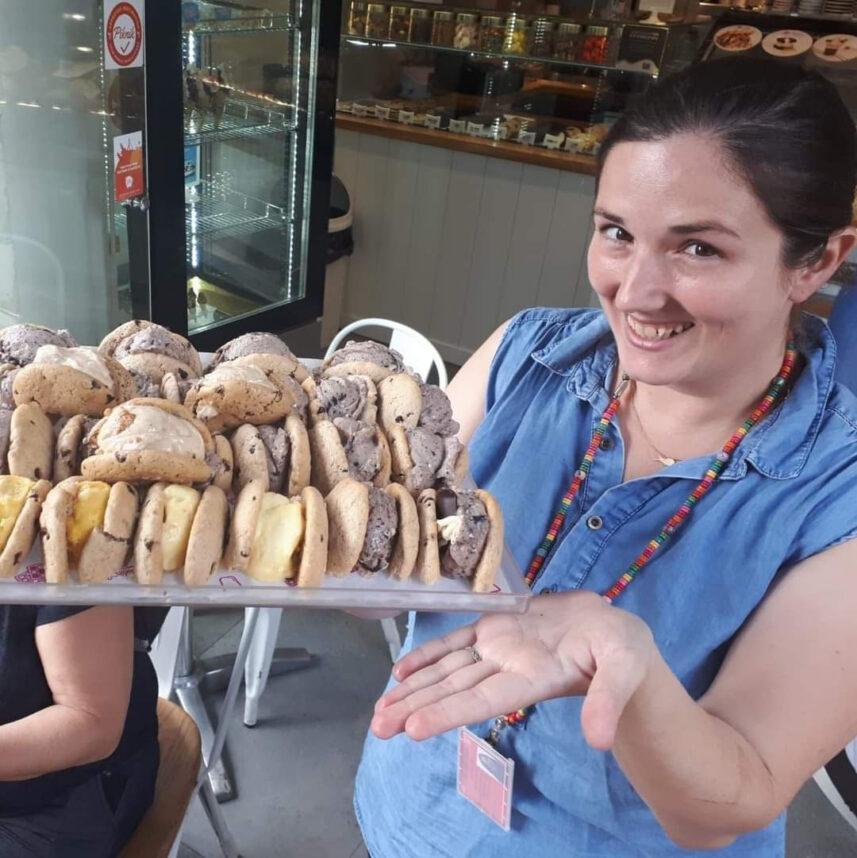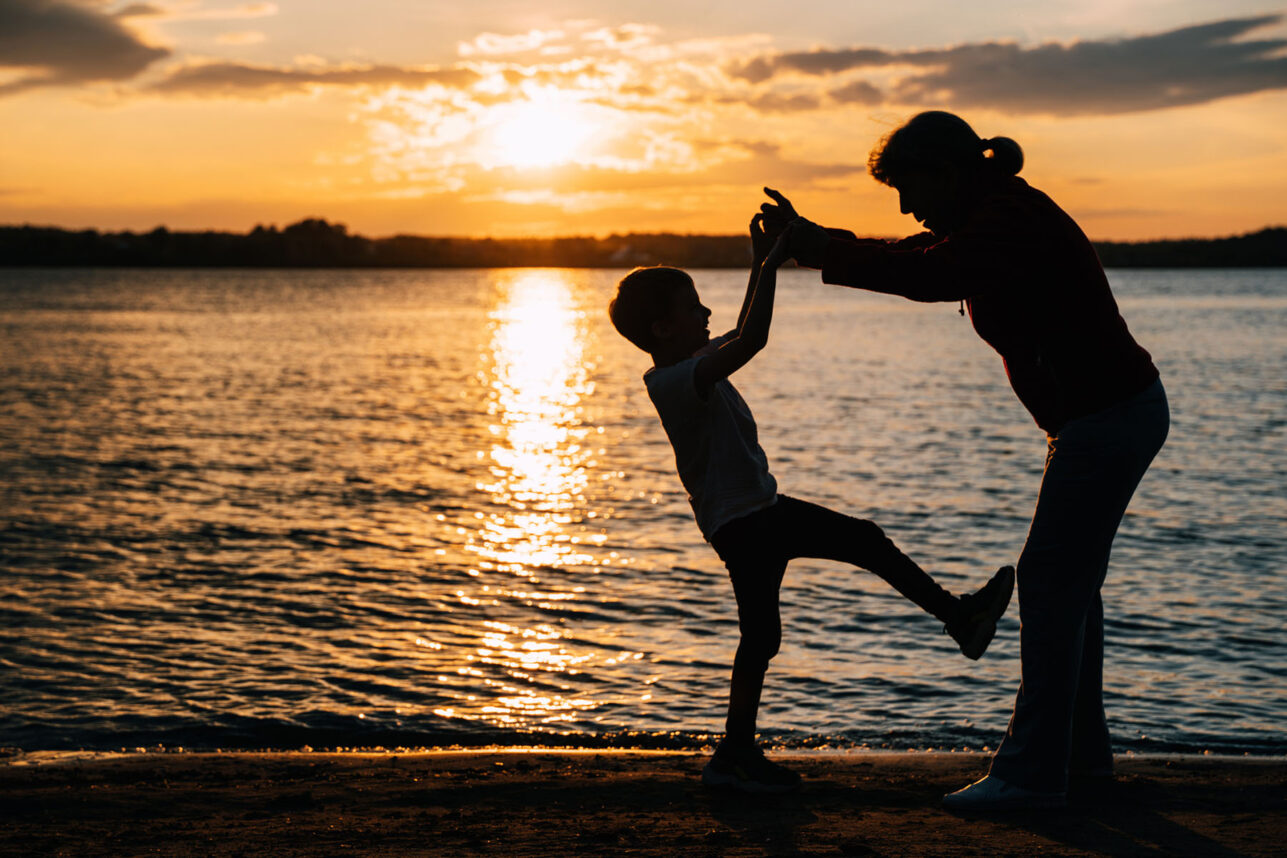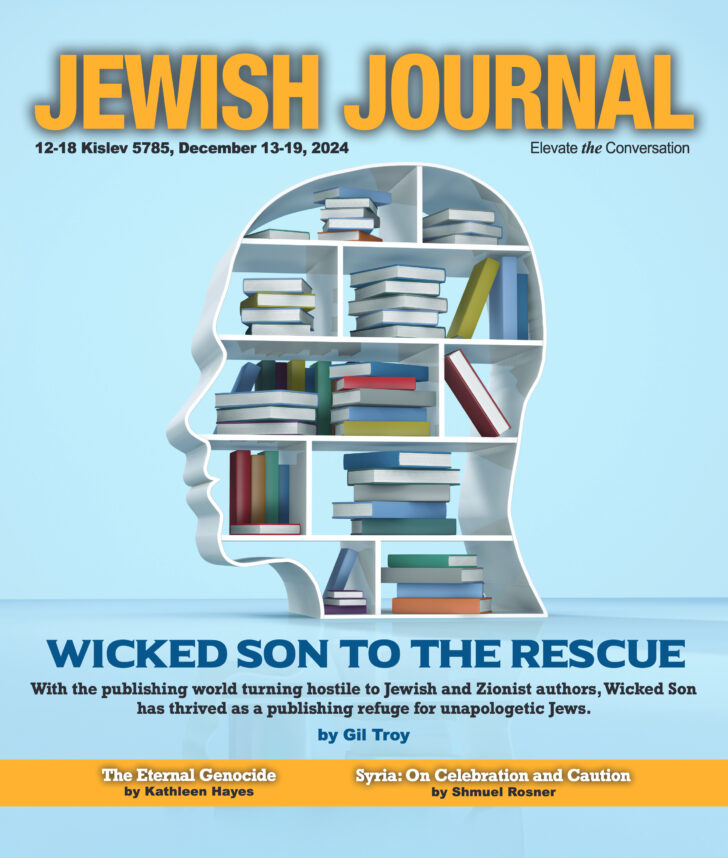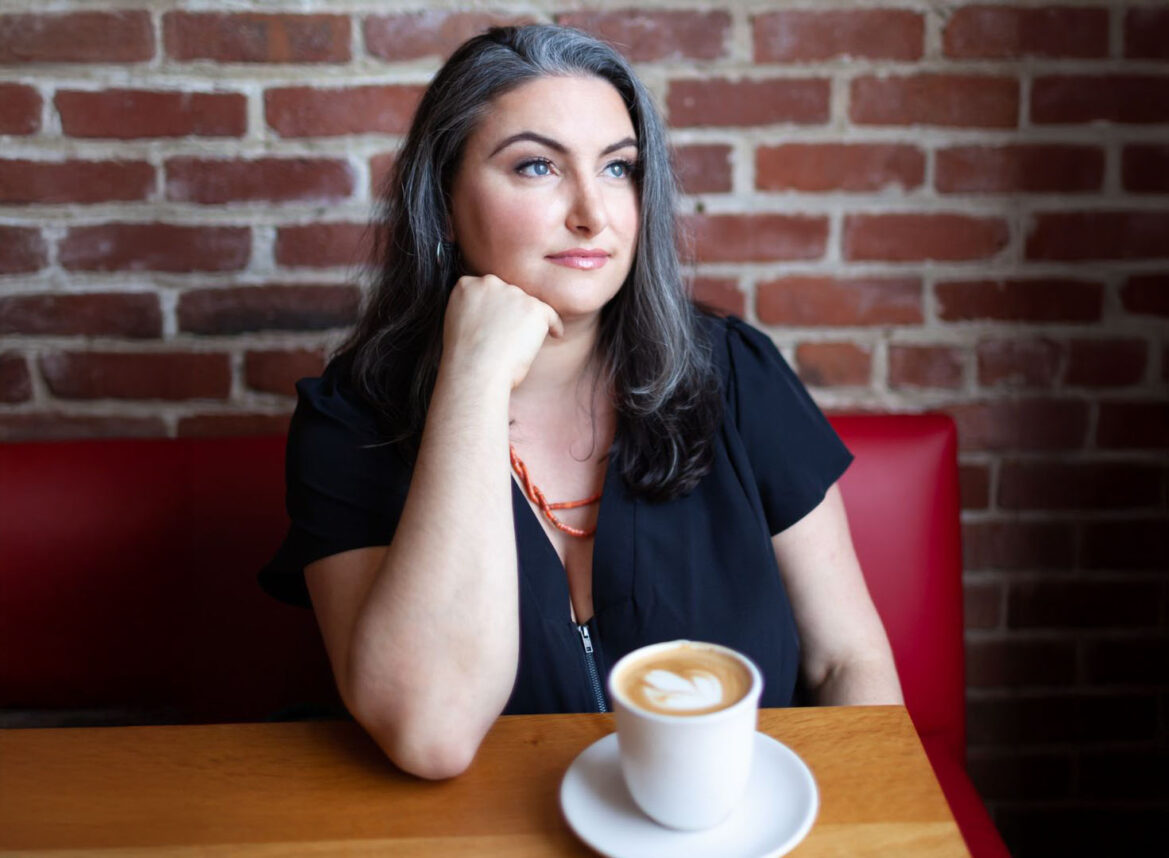After an evening of social drinking and dancing at a well-publicized Persian Night at the Goodbar nightclub in West Hollywood, some 20 young Iranian Muslims followed two young Iranian Jews into the street and, amidst shouts of “F–k the Jews, Kill the Jews,” attacked the two.
The incident, shocking in itself, raises larger questions about the relationships between the Iranian Muslim community in Southern California, estimated at anywhere between 500,000 and 1 million, and the Iranian Jewish community of 30,000, each the largest of its kind in the United States.
(In the following story, references to “Jews” mean Jews of Iranian descent, and “Muslims” stand for Muslims of Iranian descent.)
The Attack
Goodbar, at Doheny Drive and Sunset Boulevard, a frequent target of neighbors’ complaints, had been booked, in advance of Yom Kippur, for three Jewish birthday parties on Saturday night, Sept. 14.
There were about 200 young people at the club throughout the evening, said manager Ivan Urlich, but he sensed no tensions and the place closed at 2 a.m. Sunday morning.
“Usually, when there is a fight, it starts in the club and we throw out the troublemakers,” Urlich said. “But this time, there was no trouble inside.”
Fareed Kanani and his friend Michael Kashany, both 25, left the club shortly before 2 a.m.
“We were walking and turned around and saw between 15 to 20 guys following us,” Kanani recalled. “They asked us, ‘Are you Jewish?’ and I said, ‘That’s irrelevant.’ Then they started shouting, in Farsi and English, ‘We’ll kill all the Jews,’ and started punching us.”
Kanani stands 6 feet 3 inches and Kashany is 6 feet tall; both are in pretty good shape and fought back as best they could. “These guys weren’t drunk, and they really wanted to kill us,” Kanani said.
After some 10 minutes of fighting, the two Jews made a break for a nearby high-rise apartment, where they were shielded by a security guard until the police arrived.
Sheriff’s deputies arrested five Muslims, but Kashany and Kanani could identify only two, Daoud Mohammed Mavid and Mohammed Hassan Aref, as among the attackers.
The two Muslims were arrested and booked on a charge of assault with intent to inflict great bodily injury and committing a hate crime. They posted bail at $55,000 each.
Detective Scott Petz of the West Hollywood Sheriff’s office said that he is still checking for additional suspects. He will submit the case to the district attorney in about two weeks, while Mavid and Aref will be arraigned Nov. 18.
Kanani suffered a broken nose and Kashany cuts and bruises. “We’re both strong physically and psychologically, but the thought that they actually wanted to kill us is a very scary thought, a very disturbing thought,” Kanani said.
“It’s been a great shock, but I wouldn’t blame all Muslims,” Kashany said. “I’m really cool with some Muslims, but they also have their punks and extremists.”
The Jewish View
There are strong generational differences in both the Muslim and Jewish communities, according to Pooya Dayanim, spokesman for the Council of Iranian-American Jewish Organizations (CIAJO).
Within the older generation, there is still the shared experience of living together in the old country, and strong ties to the homeland.
“However, in the generation born in America, the young Muslims are more Muslim than Iranian, and the young Jews are more Jewish than Iranian,” Dayanim said.
“I believe that there has been an increase in fundamentalist Islamic activity in Los Angeles and Orange County, which has led to greater anti-Semitism,” he said.
Sam Kermanian, secretary general of the Iranian American Jewish Federation, sees the relationship between Muslims and Jews as generally good.
“We meet and work together at the Iranian Center and Rotary Club and we go to the same concerts and restaurants,” he said. One distinctive difference, though, is that the Jews have organized a social and administrative structure much faster and better than the Muslims.
George Haroonian, the CIAJO president, observed that, “Muslims are not used to seeing Jews openly assert their Jewishness. In Iran, we kept a very low profile.”
At the regional office of the Anti-Defamation League, Associate Director Marjan Keypour Greenblatt reported a growing number of incidents between Iranian Jews and Muslims.
“The cases are not as virulent as attacks by white supremacists, but they do show the need for community leaders to pay close attention to the problem of anti-Semitism.”
The Muslim View
Dr. Sadegh Namazikhah, president of the Iranian Muslim Association of North America, said he doesn’t like people who turn their personal problems into religious and community confrontations.
“Suppose you have a Jewish and Muslim person as business partners. They have a fight over a business matter, but then try to make it into a fight between the two communities,” he said.
As for the West Hollywood incident, “The kids go to a nightclub, they have too much alcohol, they have a fight, but they have no right to make it into a religious problem.”
Namazikhah, a dentist and recently retired USC faculty member, said that “some of his best friends are Jewish” and that the Israeli-Palestinian conflict has aroused certain sensitivities among local Muslims and Jews.
“I hope we can stay away from this topic,” he said. “There is no way one side here can convince the other, and we can’t solve the problem of the Middle East here.”
A Muslim who serves as a Beverly Hills commissioner, but asked that his name not be used, agrees that the American-born Muslims and Jews differ greatly from their Iranian-born parents.
Surprisingly, he thinks that the Jewish community has retained closer cultural and linguistic ties with Iran than their Muslim counterparts.
He ascribed that phenomenon to the more cohesive Jewish religious practice, in which even young people attend and participate in the Farsi services.
“I see many more children and young people in the synagogue than in the mosque,” the commissioner said. “I talk to Jewish kids and they speak Farsi as if they were born in Iran. My kids grew up on the East Coast, they went to American schools and they refuse to speak Farsi.”
On Campus
The generally conciliatory picture of Jewish-Muslim relations painted by community leaders is sharply contradicted by two Jewish students at UCLA.
“The relationship has changed completely since the intifada started two years ago,” said 24-year-old history major David Yadegav.
“There was always anti-Semitism [by the Muslims], but it was hidden,” he said. “Now we are witnessing their true feelings. When we held an Israel support rally, the Muslims showed up with Hamas headbands.”
Yadegav believes that the anti-Semitism is also fueled by the success, financial and otherwise, of the Iranian Jewish community in Los Angeles, as compared to the Muslims. “There’s a lot of envy,” he said.
Yoav Sarras, 22, also majoring in history, is on the board of the Persian American Jewish Organization, which represents some 400 Jewish students on campus. (For some reason, the older generation considers itself “Iranian,” and the younger generation “Persian.”)
Sarras pretty much agrees with Yadegav’s take on the situation.
“You would think that on a college campus we would be able to build bridges between us, but unfortunately that’s not the case,” he said. “Maybe the old resentments and jealousies have only become stronger with the situation in the Middle East.”






















 More news and opinions than at a Shabbat dinner, right in your inbox.
More news and opinions than at a Shabbat dinner, right in your inbox.